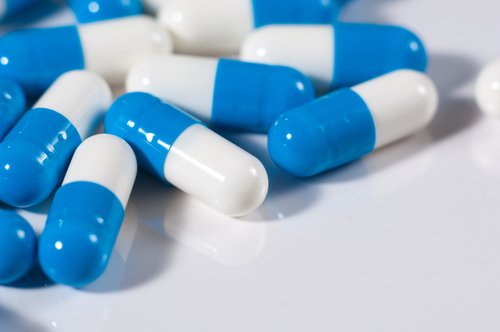Oral Medication Linked to Better Quality of Life Over Infusion Therapy in Gaucher Disease, Study Suggests

When it comes to treating Gaucher disease, oral medication is associated with a better quality of life, compared with infusion therapy, an interview-based study suggests.
Led by researchers at the Royal Free Hospital and University College Medical School in London, the study, “A health state utility valuation study to assess the impact of treatment mode of administration in Gaucher disease,” was published in the Orphanet Journal of Rare Diseases.
Currently available management therapy for Gaucher disease comes in the form of substrate reduction therapy (SRT), which is an oral medication, or enzyme replacement therapy (ERT), given as an injection into the vein, both of which are lifelong treatments.
A previous randomized, multicenter, open-label Phase 3 trial (NCT00943111) that compared Sanofi Genzyme‘s SRT, Cerdelga (eliglustat), with its ERT, Cerezyme (imiglucerase), showed comparable effectiveness between the two methods.
“However, the value of oral versus intravenous treatment in relation to patient’s benefit, compliance, preference and quality of life has not been investigated in the context of Gaucher disease and only been poorly investigated in other conditions,” the investigators wrote.
Studies focused on patient satisfaction have demonstrated that individuals value treatment effectiveness and its side effects more than the route of administration. But oral medication is usually the preferred method due to its convenience and pain-free administration.
In this study, researchers sought to determine the utility values for health states related to the mode of treatment administration in Gaucher disease.
Utility values of health-related quality of life are preference levels that patients attach to their overall health status. It summarizes both the positive and negative effects of an intervention into one value between zero (equal to death) and one (equal to perfect health), enabling comparison between various healthcare interventions.
“First, a benchmark state was described as ‘controlled disease’ in which a life-long treatment is taken on a regular basis. Then, two generic mode of administration health states were developed for intravenously-administered treatment (life-long treatment administered as intravenous infusions every 2 weeks with the possibility of experiencing infusion-related reaction) and orally-administered treatment (life-long treatment administered orally every day with the possibility of experiencing minor treatment-related side-effects),” the researchers said.
They also created two alternative health states for the oral treatment to more closely portray available treatment options: “alternative 1 with a reduced frequency of intake and side effects; alternative 2 with a higher frequency of intake and more frequent occurrence of side effects.”
Scientists interviewed 100 individuals, with a mean age of 35, from the United Kingdom general population. Of these interviewees, 66 percent were female.
Of note, researchers did not select Gaucher disease patients, but instead asked about participants’ preferences for disease-related treatment options based on the health state descriptions.
Participants ranked the various health states from “least preferred” to “most preferred” based on a 100-point visual analogue scale (VAS) running from zero (worst imaginable health state) to 100 (best imaginable health state).
Results showed that, overall, participants had a very good health status.
The “controlled disease” state had the highest score (0.89), quantified by the time-trade-off vignette-based approach, which is used to measure quality of life.
“There was only a marginal reduction in utility for the generic state for ‘Oral treatment’ (0.85), while the reduction was more pronounced for the generic state for ‘Intravenous treatment’ (0.73),” the researchers reported.
Regarding orally administered therapies, a more frequent administration regimen with greater side effects had a lower utility value than the alternative — 0.78 compared with 0.82.
The difference between the alternatives is suggestive of the burden — such as frequency of administration, potential and treatment-related side effects — associated with them, which can also affect patients’ perception of their health-related quality of life.
“The findings suggest that the avoidance of the need for intravenous treatment administration is associated with a notable positive increase in health-related quality of life. Patient benefit arising from less invasive treatment could be an important consideration when undertaking economic evaluation of future therapies for Gaucher disease,” the researchers concluded.
The fact that there was no direct input from Gaucher disease patients in developing the health state descriptions could be considered one of the study’s limitations. “However, the purpose of the present study was to focus on specific known attributes related to the modes of treatment administration rather than the disease itself,” the team said.


